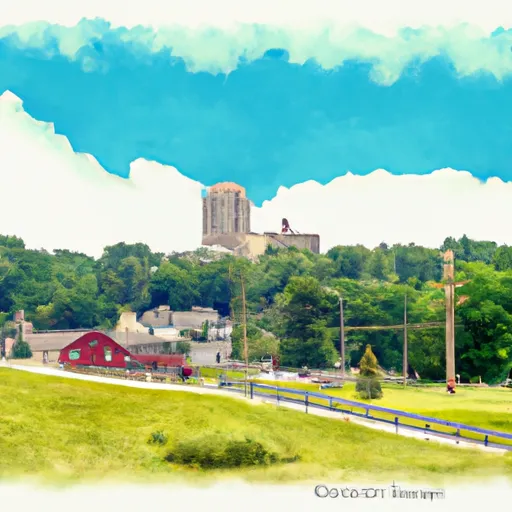°F
°F
mph
Windspeed
%
Humidity











Wautoma, Wisconsin is a small town located in Waushara County, nestled in the heart of the central part of the state. The town experiences a continental climate with cold winters and warm summers. Winter temperatures often drop below freezing, while summer temperatures can reach the mid-80s°F (around 30°C). The area receives around 32 inches (81 cm) of annual precipitation, with snowfall being common during the winter months.
Wautoma is surrounded by numerous lakes and rivers, offering ample hydrology constituents. Silver Lake is one of the most popular bodies of water in the area, providing opportunities for boating, fishing, and swimming. The nearby Fox River is ideal for canoeing and kayaking, allowing visitors to explore the scenic waterways.
Outdoor enthusiasts will find plenty of recreational opportunities in Wautoma. The town is surrounded by beautiful forests, making it a haven for hiking and camping. Nordic Mountain, a local ski resort, offers skiing and snowboarding during the winter months. Additionally, there are several golf courses in the area, providing golfers with picturesque landscapes to enjoy.
Overall, Wautoma, Wisconsin offers a pleasant climate, abundant hydrology constituents, and a variety of outdoor recreation opportunities throughout the year.
Weather Forecast
Wautoma receives approximately 822mm of rain per year, with humidity levels near 82% and air temperatures averaging around 8°C. Wautoma has a plant hardyness factor of 5, meaning plants and agriculture in this region thrive during a short period during spring and early summer. Most plants will die off during the colder winter months.
Regional Streamflow Levels
67
Cubic Feet Per Second
6,600
Cubic Feet Per Second
392
Cubic Feet Per Second
23
Cubic Feet Per Second
Nearby Camping
| Camping Area | Reservations | Toilets | Showers |
|---|---|---|---|
| Big Creek Waterpark | |||
| Paul B Johnson State Park | |||
| Flint Creek Waterpark | |||
| Moodys Landing | |||
| Little Black Creek Waterpark | |||
| Big Biloxi Rec Area |



